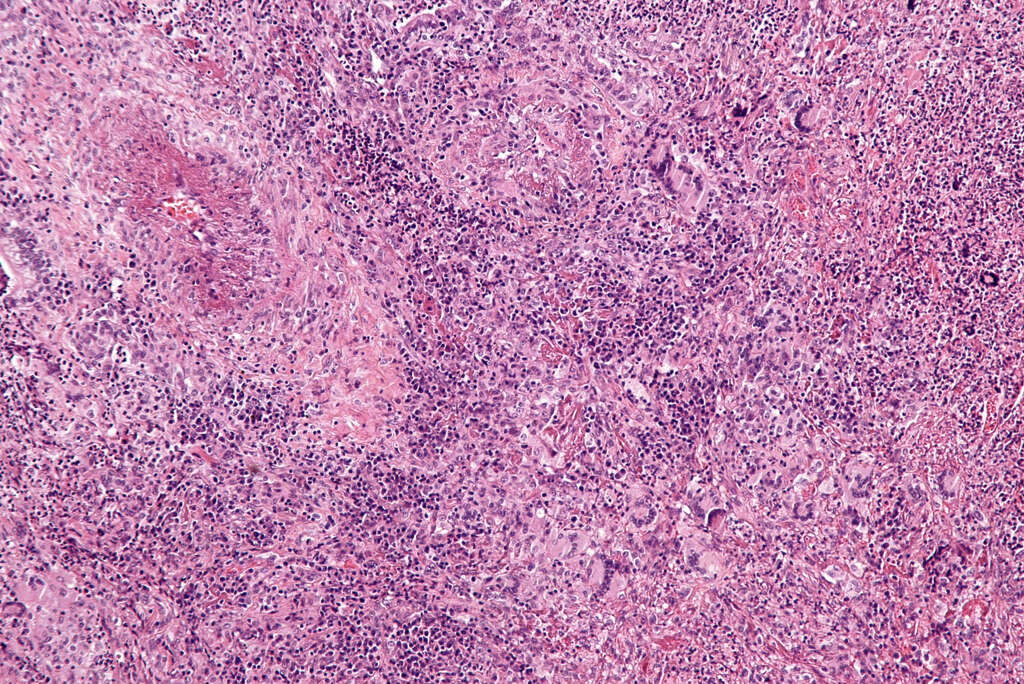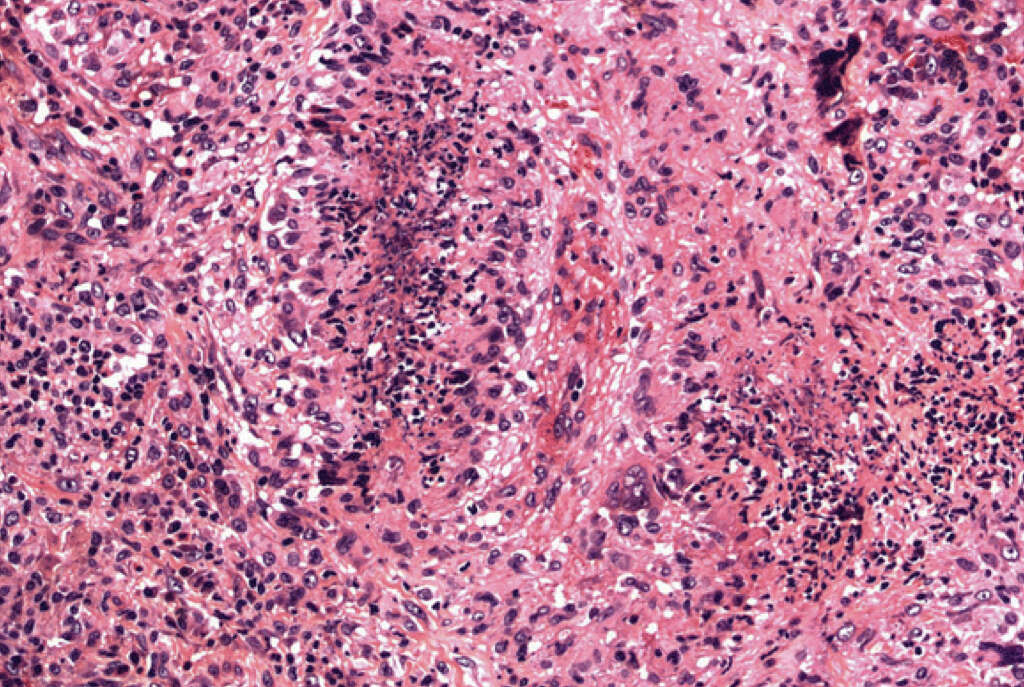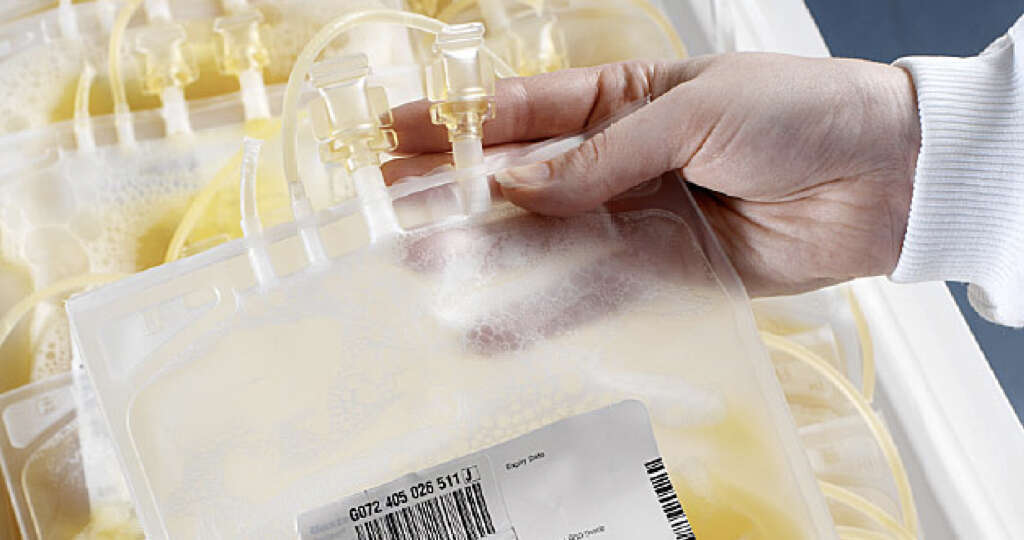What Is Wegener's Granulomatosis?
It is very important that our blood vessels remain in good health; otherwise the flow of blood around the body might be affected. There are numerous things that can go wrong, however, and some of them are completely beyond our control. One example of such a condition is Wegener’s granulomatosis.
Wegener’s granulomatosis can affect the flow of blood to the point where it results in some unpleasant symptoms. It is a treatable condition, but it can be very dangerous if treatment is not found. Here we take a closer look at the condition, the symptoms it can cause, and how it can be treated.

1. Wegener’s Granulomatosis
Wegener’s granulomatosis is also known as granulomatosis with polyangiitis, and belongs in a group of conditions known as vasculitis. Wegener’s granulomatosis is a rare condition that causes certain blood vessels to become inflamed. These tend to be the blood vessels in the respiratory tract, and also in the kidneys.
The condition causes the flow of blood to some of the organs to be slowed down. The ability of the organs to function can be affected by granulomas, which are abnormalities caused by inflation. The condition can be treated, but it can be fatal if the condition is not treated in time.

2. Causes
It is not known what causes Wegener’s granulomatosis. No evidence has been found that suggests it is an inherited condition. There is also no evidence that it is contagious, and it is not a variety of cancer as far as we can tell. However, some studies have suggested an insight as to what the problem might be.
Evidence has suggested that Wegener’s granulomatosis might be down to an issue with the immune system. It is thought that the inflammation and damage to the blood vessels might be caused by the immune system attacking the cells. There is little understood about autoimmune conditions in general.

3. Symptoms
Symptoms of Wegener’s granulomatosis can develop gradually over a matter of months. In other cases, the condition can come on far more suddenly. The first signs of the condition will generally involve the throat, lungs, and sinuses. The symptoms will likely be mild to begin with, but they can also worsen quickly.
When the symptoms do show, they are likely to include coughing. In some cases, the patient will cough up phlegm, and there may also sometimes be blood in the phlegm. The patient is also likely to be short of breath, and they may wheeze as they try and draw in air.

4. Fever
Wegener’s granulomatosis will also often cause a fever, and joint pain is another potential symptom. The restricted flow of blood through the patient’s body can also result in fatigue, partly because of the decreased flow of oxygen around the body. The patient will likely feel tired throughout the day, no matter how much rest they might get.
Another potential symptom is numbness in the fingers, toes, arms, and legs, which is also down to the decreased flow of blood to certain parts of the body. These symptoms can be a sign of some potentially serious underlying causes, so they should be checked out.

5. Skin Sores
As the condition develops, patients will also likely develop sores on their skin, and they can also develop rashes. Bruising can also appear as blood easily starts leaking out of the blood vessels and pooling beneath the skin. Bruising that you cannot explain should always be checked out.
Wegener’s granulomatosis will also often cause the patient’s eyes to turn red. The patient can also feel pain in their eye, and a burning sensation. The symptoms can go on to cause problems with the patient’s vision in some cases. The condition can also cause inflammation of the ears, and it can also result in problems with the patient’s hearing.

6. Blood in Urine
Some patients with Wegener’s granulomatosis will find blood in their urine due to damage to the kidneys. The condition can also cause the patient to rapidly lose weight, which is something that also has the potential to be dangerous. A stuffy nose is another symptom that many patients will experience.
In addition to stuffiness, some patients will have a pus-like substance draining from their nose. Sinus infections are likely to become more frequent, and the patient can also experience frequent nosebleeds. These symptoms should be enough to compel the patient to see a doctor, if they have not done so already.

7. Complications
In addition to the symptoms already mentioned, Wegener’s granulomatosis can also result in some serious long term complications. Hearing and vision loss can be permanent, and patients can have permanent scarring on their skin. Weakened cartilage in the nose can also result in the bridge of the nose collapsing.
The condition can also cause kidney damage, which can spell long lasting problems for the patient. The condition can also cause blood clots to form in the patient’s deeper veins. This is known as deep vein thrombosis, and in some cases it will lead to a stroke or a pulmonary embolism.

8. Diagnosis
Your doctor will want to ask you about your symptoms and your medical history. They may also want to perform a brief physical exam. Further tests will be needed to help confirm the diagnosis, however. This will generally include blood tests that will help to look for signs of inflammation in the blood vessels.
X-rays and other imaging techniques like an MRI and CT scan may also be used. These will help experts to get a visual idea of your blood vessels and your organs. Urine samples may also be taken to help look for signs of the condition. A sample of affected tissues might also be taken so they can be examined closely.

9. Medication
Many people will recover from Wegener’s granulomatosis within a few months, provided they get treatment in enough time. Medicinal treatment of the condition typically involves the use of corticosteroids that will help to suppress the patient’s immune system to hopefully help reduce inflammation in the blood vessels.
Other immune suppressant medications may also be used, and some may need to be used in the long term to help prevent the condition from returning. Suppressing the immune system is not without its drawbacks, however, and the medication can make the patient more prone to catching other diseases. Other potential symptoms include diarrhea, nausea, and even hair loss.

10. Plasma Exchange
Another potential treatment for Wegener’s granulomatosis is plasma exchange, which is a procedure that is also known as plasmapheresis. The process involves separating the blood plasma, which is the liquid part, from the blood cells. From here, the plasma is treated and then returned to the patient.
Alternatively, a replacement for the plasma may be used instead. This could be albumin or it could be saline. Albumin is a type of protein that will allow the body to make more plasma for itself. This procedure tends to be used only in the more severe cases, and it can help the kidneys to recover.












